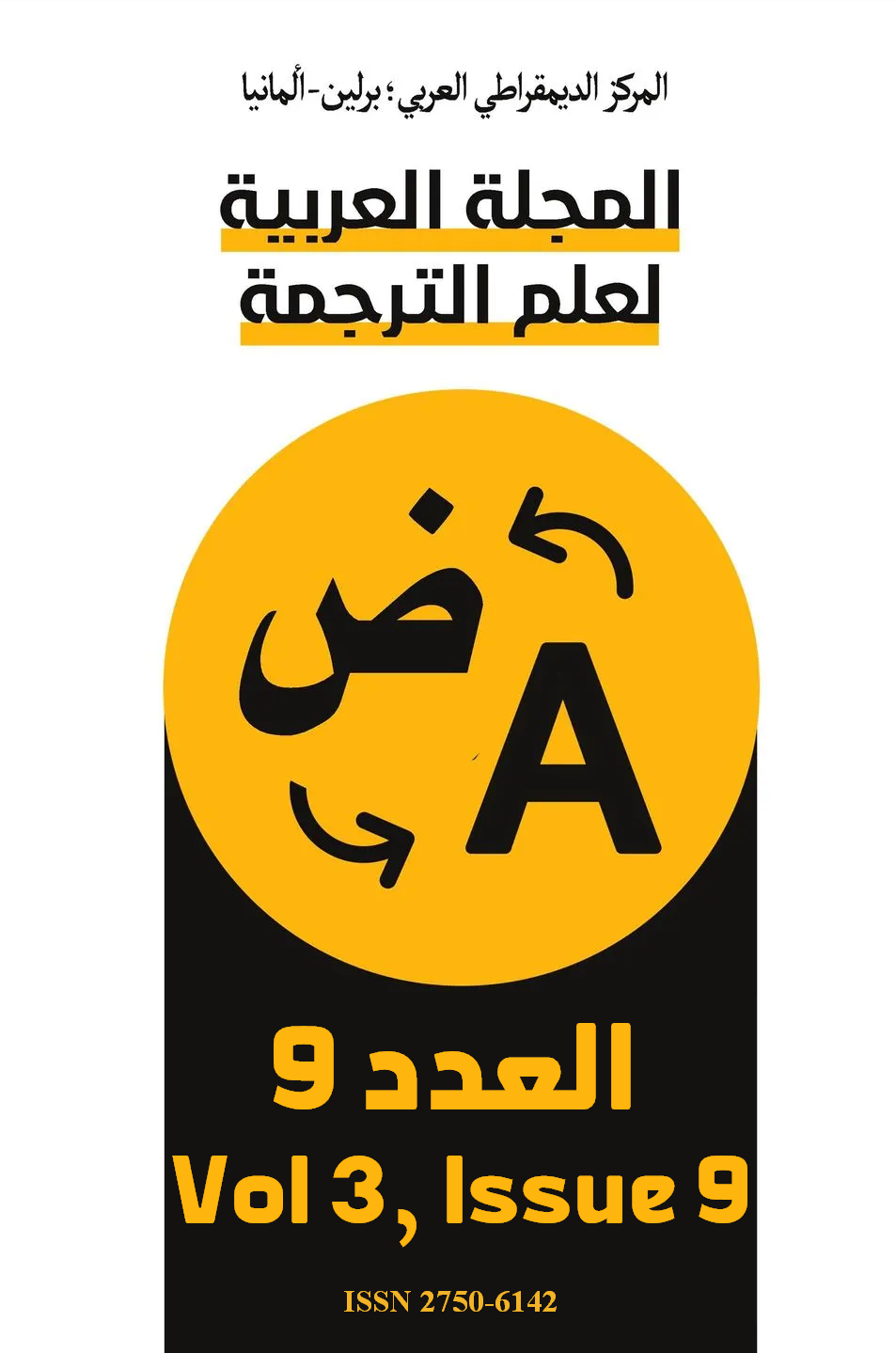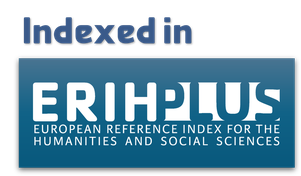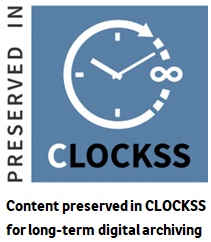Situating Discourse Analysis in Ethnographic and Sociopolitical Context
DOI:
https://doi.org/10.63939/AJTS.5qtbma05Keywords:
Participant Roles, Stance, Register, Genre, IntertextualityAbstract
In this article, Jennifer Roth-Gordon proposes an ethnographic approach to discourse analysis that is not only concerned with analyzing one of the linguistic, interactional, cultural, ethnographic, or sociopolitical structural levels of discourse, but rather integrates these levels and analyzes the discourse by taking into account its overall linguistic, interactional, ethnographic, and sociopolitical features. In building this approach, the researcher relied on integrating two cognitive traditions: The ethnography of communication, especially the proposal of the Canadian Erving Goffman, and the theory of literature by the Russian Mikhail Bakhtin. I benefited from their proposed concepts to analyze rhetorical interaction and literary works.
Downloads
References
Agha, A. (2003). The Social Life of Cultural Value. Language & Communication, 23, 231-73 DOI: https://doi.org/10.1016/S0271-5309(03)00012-0
Agha, A. (2005). Voice, Footing. Enregisterment. Journal of Linguistic Anthropology, 15(1), 38-59 DOI: https://doi.org/10.1525/jlin.2005.15.1.38
Agha, A. (2007). Recombinant Selves in Mass Mediated Spacetime. Language & Communication, 27, 320-35 DOI: https://doi.org/10.1016/j.langcom.2007.01.001
Bakhtin, M. (1986). Speech Genres and Other Late Essays. C. Emerson & M. Holquist (Eds.). Austin: University of Texas Press DOI: https://doi.org/10.7560/720466
Barrett, R. (2006). Language Ideology and Racial Inequality: Competing Functions of Spanish in an Anglo-owned Mexican Restaurant Language in Society, 35, 163-204 DOI: https://doi.org/10.1017/S0047404506060088
Bauman, R. & Briggs, C. L. (1990). Poetics and Performance as Critical Perspectives on Language and Social Life. Annual Review of Anthropology, 19, 59-88 DOI: https://doi.org/10.1146/annurev.anthro.19.1.59
Blommaert, J. (2015). Chronotopes, Scales, and Complexity in the Study of Language in Society. Annual Review of Anthropology, 44, 105-16 DOI: https://doi.org/10.1146/annurev-anthro-102214-014035
Boellstorff, T., Nardi, B., Pearce, C. & Taylor., T. L. (2012). Ethnography and Virtual Worlds: A Handbook of Method. Princeton, NJ: Princeton University Press DOI: https://doi.org/10.2307/j.cttq9s20
Briggs, C. L. & Bauman, R. (1992). Genre, Intertextuality, and Social Power. Journal of Linguistic Anthropology, 2(2), 131-72 DOI: https://doi.org/10.1525/jlin.1992.2.2.131
Cavanaugh, J. R. (2012). Entering into Politics: Interdiscursivity, Register, Stance, and Vernacular in Northern Italy. Language in Society, 41(1), 73-95 DOI: https://doi.org/10.1017/S0047404511000911
De Fina, A. (2019). The Ethnographic Interview. In K. Tusting (Ed.). The Routledge Handbook of Linguistic Ethnography (pp. 154-167). Abingdon/New York: Routledge DOI: https://doi.org/10.4324/9781315675824-12
Dick, H. P. (2010). Imagined Lives and Modernist Chronotopes in Mexican Nonmigrant Discourse. American Ethnologist, 37(2), 275-90 DOI: https://doi.org/10.1111/j.1548-1425.2010.01255.x
French, B. M. (2001). The Symbolic Capital of Social Identities: The Genre of Bargaining in an Urban Guatemalan Market. Journal of Linguistic Anthropology, 10(2), 155-89 DOI: https://doi.org/10.1525/jlin.2000.10.2.155
Gal, S. (2013). Tastes of Talk: Qualia and the Moral Flavor of Signs. Anthropological Theory, 13(1/2), 31-48 DOI: https://doi.org/10.1177/1463499613483396
Goffman, E. (1981). Forms of Talk. Philadelphia: University of Pennsylvania Press
Goffman, E. (1997). Frame Analysis of Talk. In C. Lemert and A. Branaman (Eds.). The Goffman Reader (pp. 167-200). Malden, MA: Blackwell
Goodman, J. E. (2002). Writing Empire, Underwriting Nation: Discursive Histories of Kabyle Berber Oral Texts. American Ethnologist, 29(1), 86-122 DOI: https://doi.org/10.1525/ae.2002.29.1.86
Hanks, W. F. (1987). Discourse Genres in a Theory of Practice. American Ethnologist, 14(4), 668-92 DOI: https://doi.org/10.1525/ae.1987.14.4.02a00050
Hanks, W. F. (1996). Exorcism and the Description of Participant Roles. In M. Silverstein & G. Urban (Eds.). Natural Histories of Discourse (pp. 160-220). Chicago, IL: University of Chicago Press
Haviland, J. B. (1991). That Was the Last Time I Seen Them, and No More: Voices through Time in Australian Aboriginal Autobiography. American Ethnologist, 18(2), 331-61 DOI: https://doi.org/10.1525/ae.1991.18.2.02a00080
Haviland, J. B. (2005). Whorish Old Man and One (Animal) Gentleman: The Intertextual Construction of Enemies and Selves. Journal of Linguistic Anthropology, 15(1), 81-94 DOI: https://doi.org/10.1525/jlin.2005.15.1.81
Hill, J. H. (1985). The Grammar of Consciousness and the Consciousness of Grammar. American Ethnologist, 12(4), 725-37 DOI: https://doi.org/10.1525/ae.1985.12.4.02a00080
Hill, J. H. (1986). The Refiguration of the Anthropology of Language. Cultural Anthropology 1(1), 89-102 DOI: https://doi.org/10.1525/can.1986.1.1.02a00040
Hill, J. H. (1995). The Voices of Don Gabriel: Responsibility and Self in a Modern Mexicano Narrative. In D. Tedlock and B. Mannheim (Eds.). The Dialogic Emergence of Culture (pp. 97-147) Urbana: University of Illinois Press
Hill, J. H. (1998). Language, Race, and White Public Space. American Anthropologist, 100(3), 680-689 DOI: https://doi.org/10.1525/aa.1998.100.3.680
Inoue, M. (2003). Speech Without a Speaking Body: “Japanese Women’s Language” in Translation. Language & Communication, 23, 315-330 DOI: https://doi.org/10.1016/S0271-5309(03)00011-9
Irvine, J. T. (1996). Shadow Conversations: The Indeterminacy of Participant Roles. In M. Silverstein & G. Urban (Eds.). Natural Histories of Discourse (pp. 131-59). Chicago, IL: University of Chicago Press
Irvine, J. T. (2009). Stance in a Colonial Encounter: How Mr. Taylor Lost His Footing. In A. Jaffe (Ed.). Stance: Sociolinguistic Perspectives (pp. 53-71). New York: Oxford University Press DOI: https://doi.org/10.1093/acprof:oso/9780195331646.003.0003
Jacobs-Huey, L. (2006). From the Kitchen to the Parlor: Language and Becoming in African American Women’s Hair Care. New York: Oxford University Press DOI: https://doi.org/10.1093/acprof:oso/9780195304169.001.0001
Jones, R. H. (2015). Generic Intertextuality in Online Social Activism: The Case of the It Gets Better Project. Language in Society, 44, 317-339 DOI: https://doi.org/10.1017/S0047404515000214
Matoesian, G. M. (1999). The Grammaticalization of Participant Roles in the Constitution of Expert Identity. Language in Society, 28(4), 491-521 DOI: https://doi.org/10.1017/S0047404599004017
McIntosh, J. (2009). Stance and Distance: Social Boundaries, SelfLamination, and Metalinguistic Anxiety in White Kenyan Narratives about the African Occult. In A. Jaffe (Ed.). Stance: Sociolinguistic Perspectives (pp. 72-91). New York: Oxford University Press DOI: https://doi.org/10.1093/acprof:oso/9780195331646.003.0004
McIntosh, J. (2010). Mobile Phones and Mipoho’s Prophecy: The Powers and Dangers of Flying Language. American Ethnologist, 37(2), 337-353 DOI: https://doi.org/10.1111/j.1548-1425.2010.01259.x
Morson, G. S. and Emerson, C. (1990). Mikhail Bakhtin: Creation of a Prosaics. Stanford, CA: Stanford University Press DOI: https://doi.org/10.1515/9780804765961
Roth-Gordon, J. & da Silva, A. J. (2013). Double-Voicing in the Everyday Language of Brazilian Black Activism. In S. T. Bischoff, D. Cole, A. V DOI: https://doi.org/10.1075/clu.8.14rot
Fountain and M. Miyashita (Eds.). The Persistence of Language: Constructing and Confronting the Past and Present in the Voices of Jane H. Hill (pp. 365-388). Philadelphia, PA: John Benjamins
Seizer, S. (1997). Jokes, Gender, and Discursive Distance on the Tamil Popular Stage. American Ethnologist, 24(1), 62-90 DOI: https://doi.org/10.1525/ae.1997.24.1.62
Shoaps, R. A. (2009). Ritual and (Im)Moral Voices: Locating the Testament of Judas in Sakapultek Communicative Ecology. American Ethnologist, 36(3), 459-477 DOI: https://doi.org/10.1111/j.1548-1425.2009.01173.x
Spitulnik, D. (1997). The Social Circulation of Media Discourse and the Mediation of Communities. Journal of Linguistic Anthropology, 6(2), 161-187 DOI: https://doi.org/10.1525/jlin.1996.6.2.161
Stasch, R. (2010). Textual Iconicity and the Primitivist Cosmos: Chronotopes of Desire in Travel Writing about Korowai of West Papua. Journal of Linguistic Anthropology, 21(1), 1-21 DOI: https://doi.org/10.1111/j.1548-1395.2011.01080.x
Taha, M. (2017). Shadow Subjects: A Category of Analysis for Empathic Stancetaking. Journal of Linguistic Anthropology, 27(2), 190-209 DOI: https://doi.org/10.1111/jola.12157
Tannen, D. (1989). Talking Voices: Repetition, Dialogue, and Imagery in Conversational Discourse. New York: Cambridge University Press
Vigouroux, C. B. (2010). Double-Mouthed Discourse: Interpreting, Framing, and Participant Roles. Journal of Sociolinguistics, 14(3), 341-369 DOI: https://doi.org/10.1111/j.1467-9841.2010.00448.x
Voloshinov, V. N. (1973). Marxism and the Philosophy of Language. Cambridge, MA: Harvard University Press
Wirtz, K. (2011). Cuban Performances of Blackness as the Timeless Past Still Among Us. Journal of Linguistic Anthropology, 21(S1), E11–E34 DOI: https://doi.org/10.1111/j.1548-1395.2011.01095.x
Wirtz, K. (2013). A “Brutology” of Bozal: Tracing a Discourse Genealogy from Nineteenth-Century Blackface Theater to Twenty-First-Century Spirit Possession in Cuba. Comparative Studies in Society and History, 55(4), 800-833 DOI: https://doi.org/10.1017/S001041751300042X
Wirtz, K. (2016). The Living, The Dead, and the Immanent: Dialogue across Chronotopes. HAU: Journal of Ethnographic Theory, 6(1), 343-369 DOI: https://doi.org/10.14318/hau6.1.019
Downloads
Published
Issue
Section
License

This work is licensed under a Creative Commons Attribution-NonCommercial 4.0 International License.
As an open-access the journal follows the CC BY-NC 4.0 Attribution-NonCommercial 4.0 International which states that:
- you are free to:
- Share— copy and redistribute the material in any medium or format.
- Adapt— remix, transform, and build upon the material.
- Under the following terms:
- Attribution— You must give appropriate credit, provide a link to the license, and indicate if changes were made. You may do so in any reasonable manner, but not in any way that suggests the licensor endorses you or your use.
- NonCommercial — You may not use the material for commercial purposes.
- No additional restrictions — You may not apply legal terms or technological measures that legally restrict others from doing anything the license permits.












